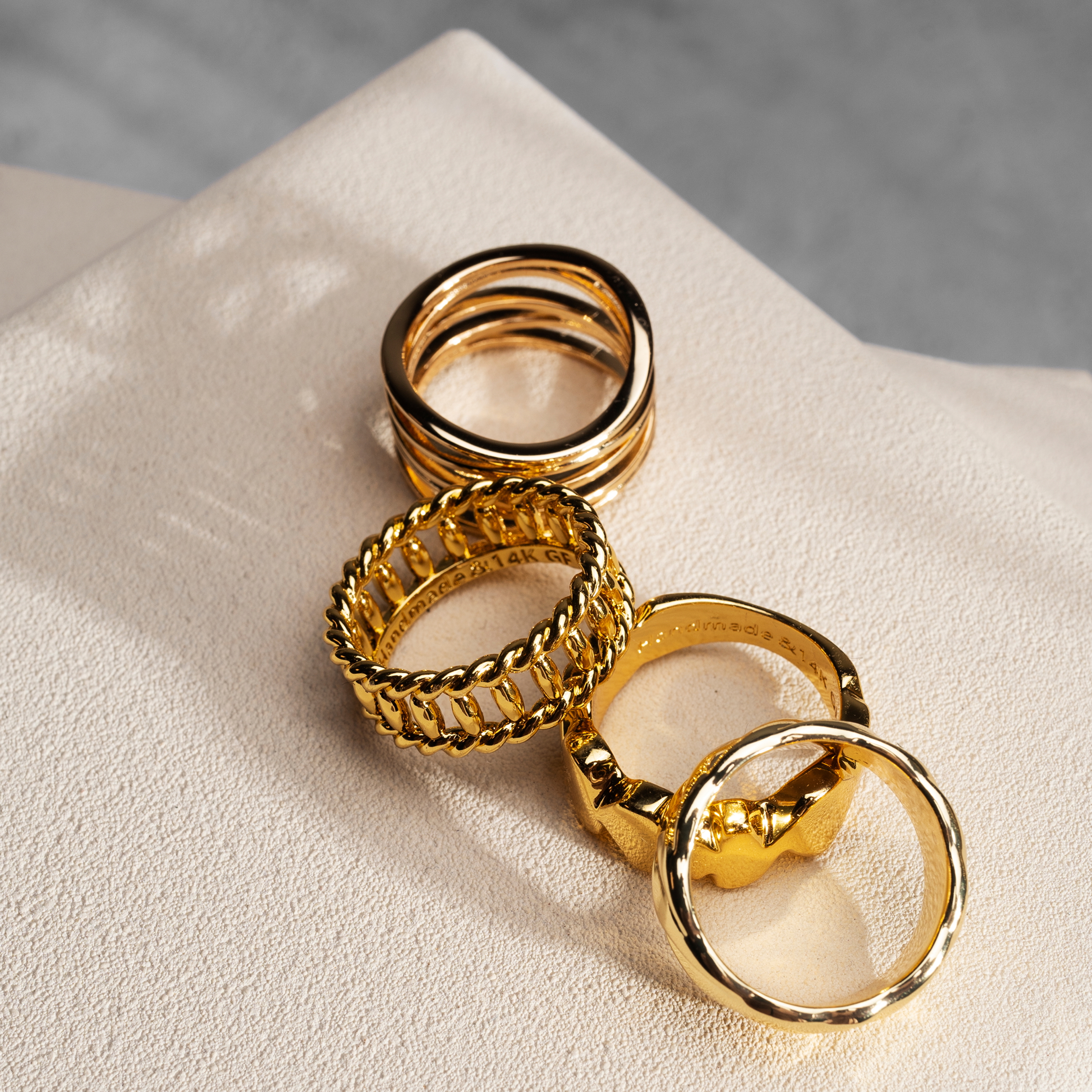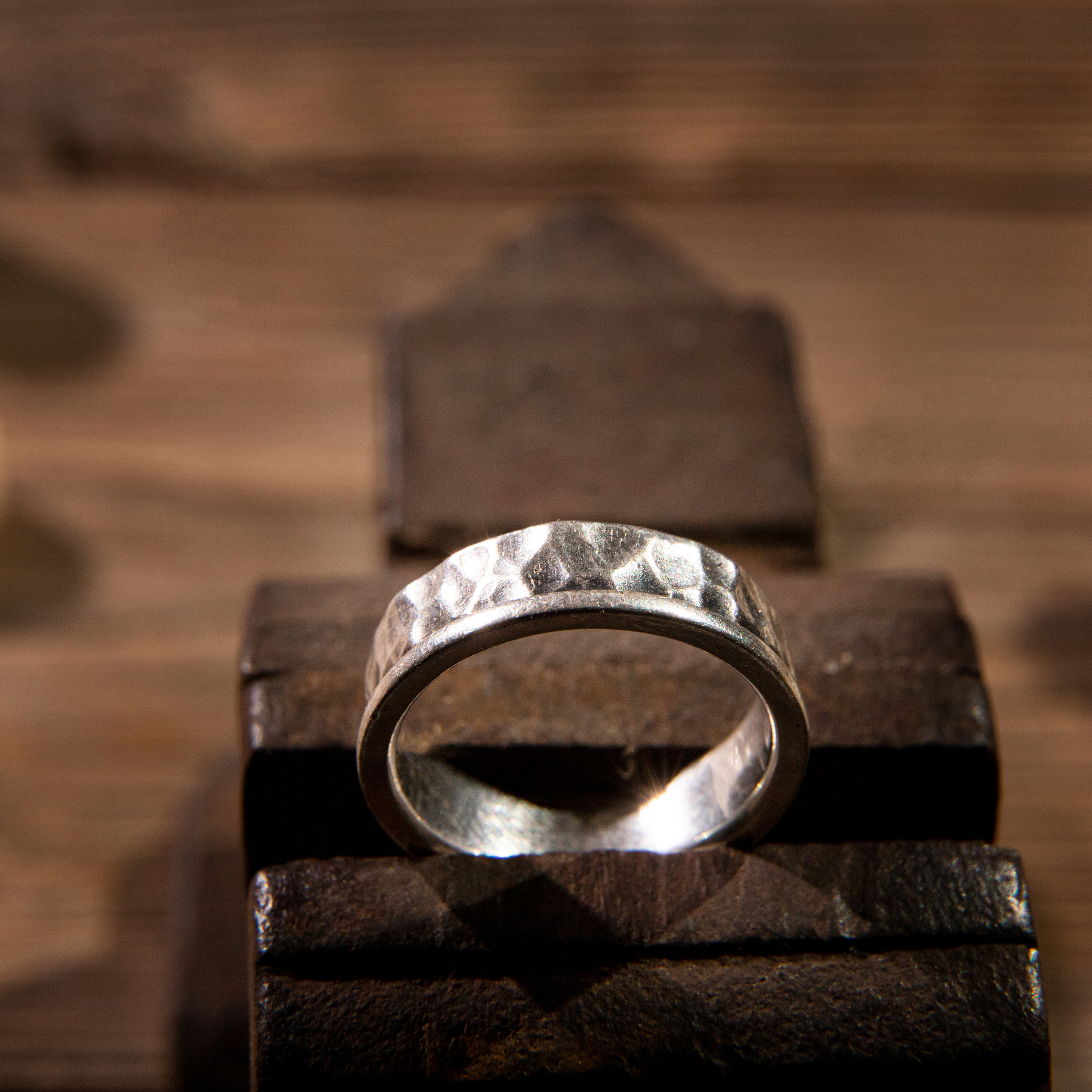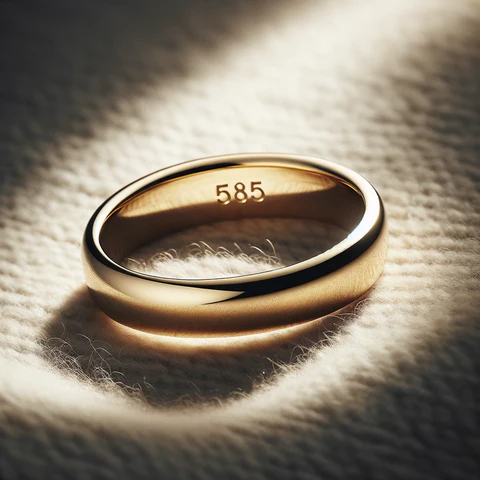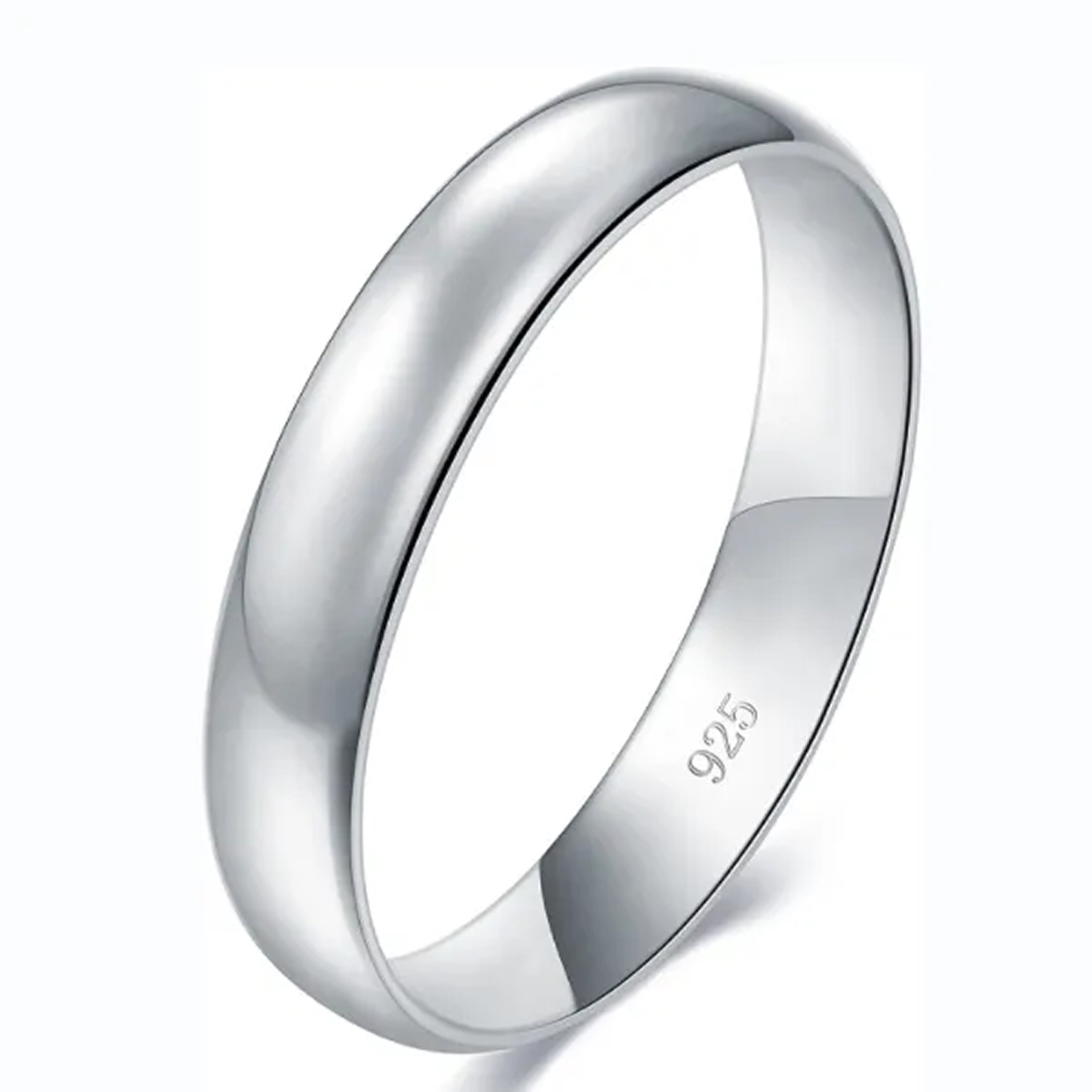Guide to Precious Metals and Hallmarks

The amount of gold, silver, or platinum in a piece of jewelry is not fixed, as the content of precious metals can vary. To determine the percentage of metal content, jewelers use markings made up of combinations of numbers and letters, which are stamped on each piece of jewelry.
In this article, we will take a detailed look at 10K, 14K, and 18K gold, as well as platinum and silver, and explain their composition and the key factors to focus on when purchasing jewelry.
Gold Purity Marking
The purity of gold is measured in thousandths, with commonly used markings being 417, 585, and 750. These numbers indicate the percentage of gold content.

Gold
- 417 (10K) – 41.7% gold
- 585 (14K) – 58.5% gold
- 750 (18K) – 75% gold
Pure gold is 24K, so the karat system reflects the content of gold in 24 parts. For example, 10K gold (10/24) means approximately 41.7%, marked as 417. The remaining part consists of other metals such as copper, zinc, silver, platinum, palladium, or nickel.
The price of jewelry depends not only on the gold content but also on the alloy material used.
Silver and Platinum Purity Marking
Similar to gold, the purity of silver and platinum is measured in thousandths, with standard markings indicating the content of precious metals.
Silver
- Sterling Silver (925) – 92.5% pure silver, with the remaining 7.5% typically being copper or other metals for enhanced durability.
- Fine Silver (999) – 99.9% pure silver, softer and more prone to scratching, often used in investment or collectible pieces.


Platinum
Platinum is an exceptionally durable and dense metal, widely used in jewelry. Its purity is also measured in thousandths:
- Platinum 950 – 95% pure platinum, alloyed with metals such as iridium, ruthenium, or cobalt to increase durability.
- Platinum 900 – 90% pure platinum, slightly harder due to the higher content of alloyed metals.
The price of silver and platinum depends on purity, weight, and market value, with platinum typically being more expensive due to its rarity and durability.
Quality Marking
Quality marking is a system used to identify the purity, origin, and authenticity of precious metals. When gold is measured in thousandths, rather than carats, the number is always accompanied by the official assay symbol. Additionally, the marking includes a standard symbol called the Common Control Mark (CCM), which confirms that the jewelry meets established purity standards. These marks are as important as the gold content markings themselves.

Gold Marking
In the case of gold, the quality marking often has a specific shape. This shape indicates the type of metal, while the number inside denotes its purity.
- 10K Gold (417) – marked as "417" in an elongated octagon, indicating 41.7% pure gold.
- 14K Gold (585) – marked as "585" in an octagon, indicating 58.5% gold content.
- 18K Gold (750) – marked as "750" in the same octagonal shape, indicating 75% pure gold.
In addition to the quality markings, jewelry may also have other markings, such as:
- Manufacturer’s mark – identifies the jeweler or manufacturer.
- Assay office mark – indicates the official institution that tested and confirmed the metal content.
- Year mark – found in some countries and indicates the year the assay was conducted.
Platinum Marking
Platinum jewelry also has purity and assay markings:
- Platinum 900 (900Pt or Pt900) – means 90% pure platinum.
- Platinum 950 (950Pt or Pt950) – means 95% platinum content, often used in luxury jewelry.
Platinum assays may contain the symbol “Pt” or a rectangle with cut corners, indicating the type of metal.

Silver Marking
Silver is marked similarly, with standard purity levels as follows:
- Silver 925 – marked “925” inside an oval, meaning 92.5% silver content.
- Silver 999 – marked “999,” meaning nearly pure silver.
Additional silver assays may include a lion (UK), crescent (Germany), or the manufacturer’s initials – depending on the country of origin of the jewelry.
Assays help determine the quality, origin, and value of the jewelry. If you're unsure about the meaning of a marking, a quick internet search or appraisal by a jeweler can help confirm its authenticity.
At Omara, we ensure that jewelry purchases are simple and safe. We offer carefully crafted gold, platinum, and silver jewelry, each with certified markings that guarantee purity and the highest quality. Now that you know what these markings mean, you can shop for gold, platinum, and silver jewelry with full confidence!


